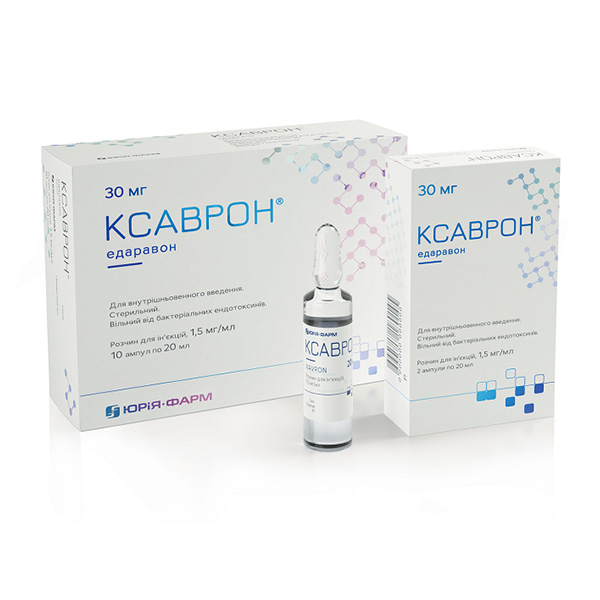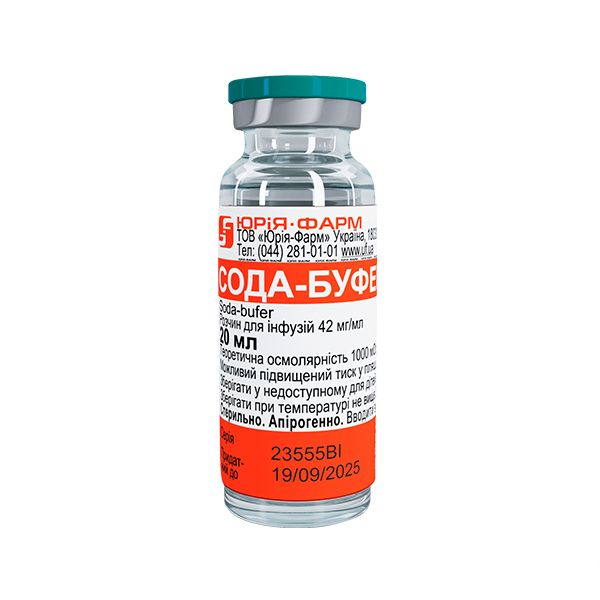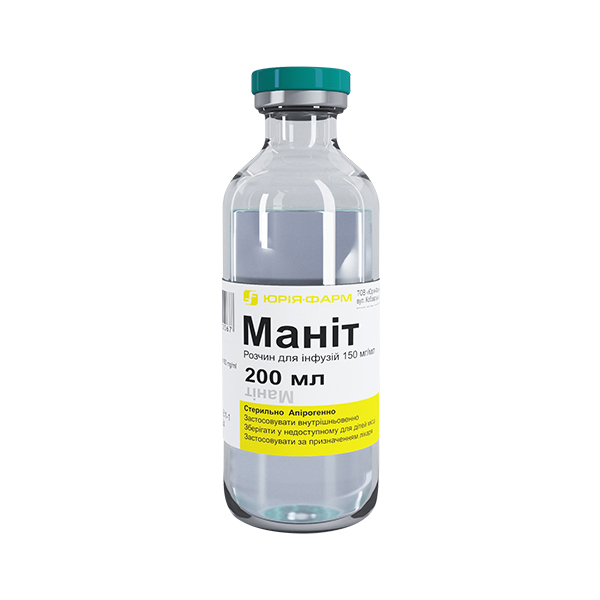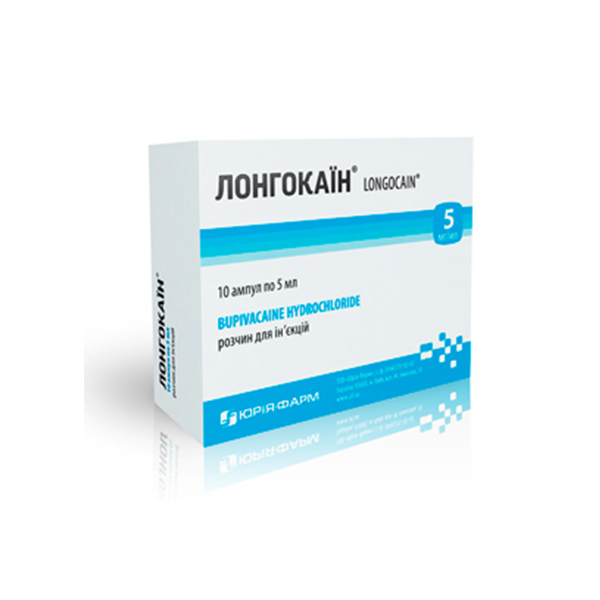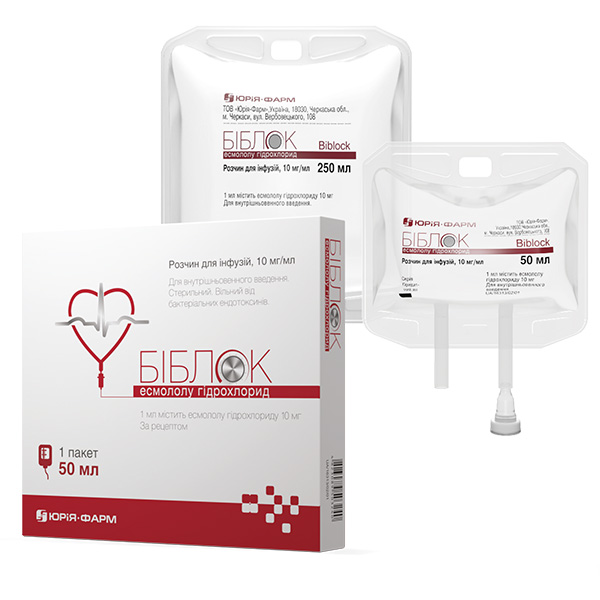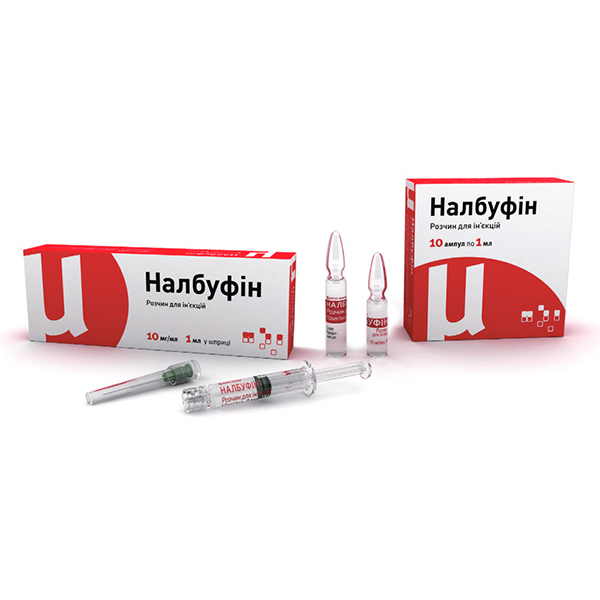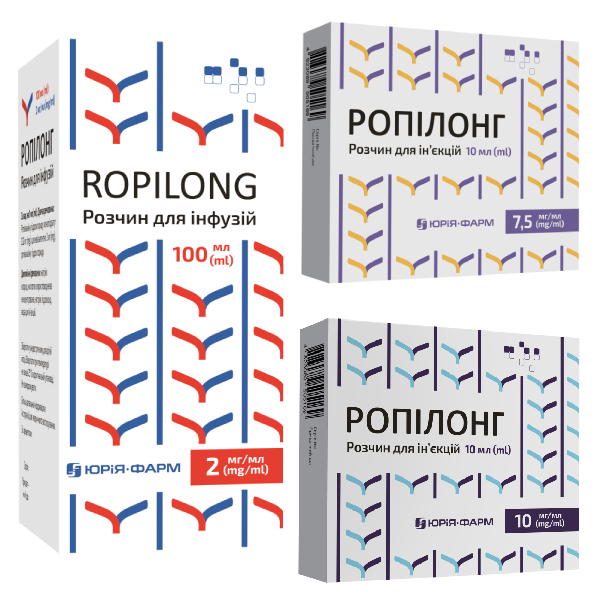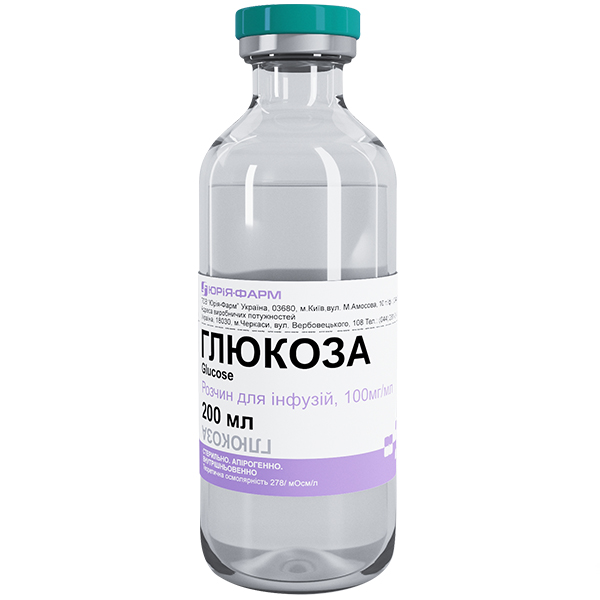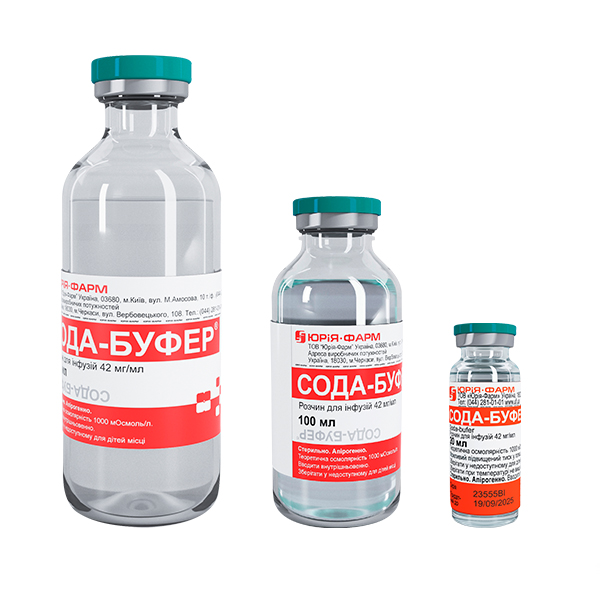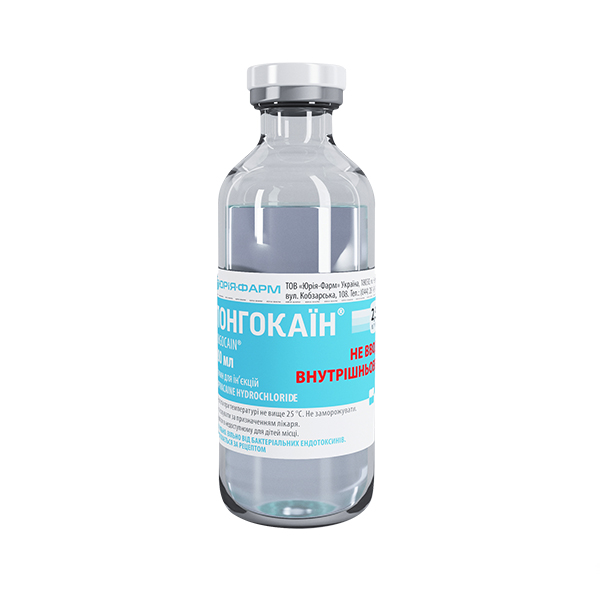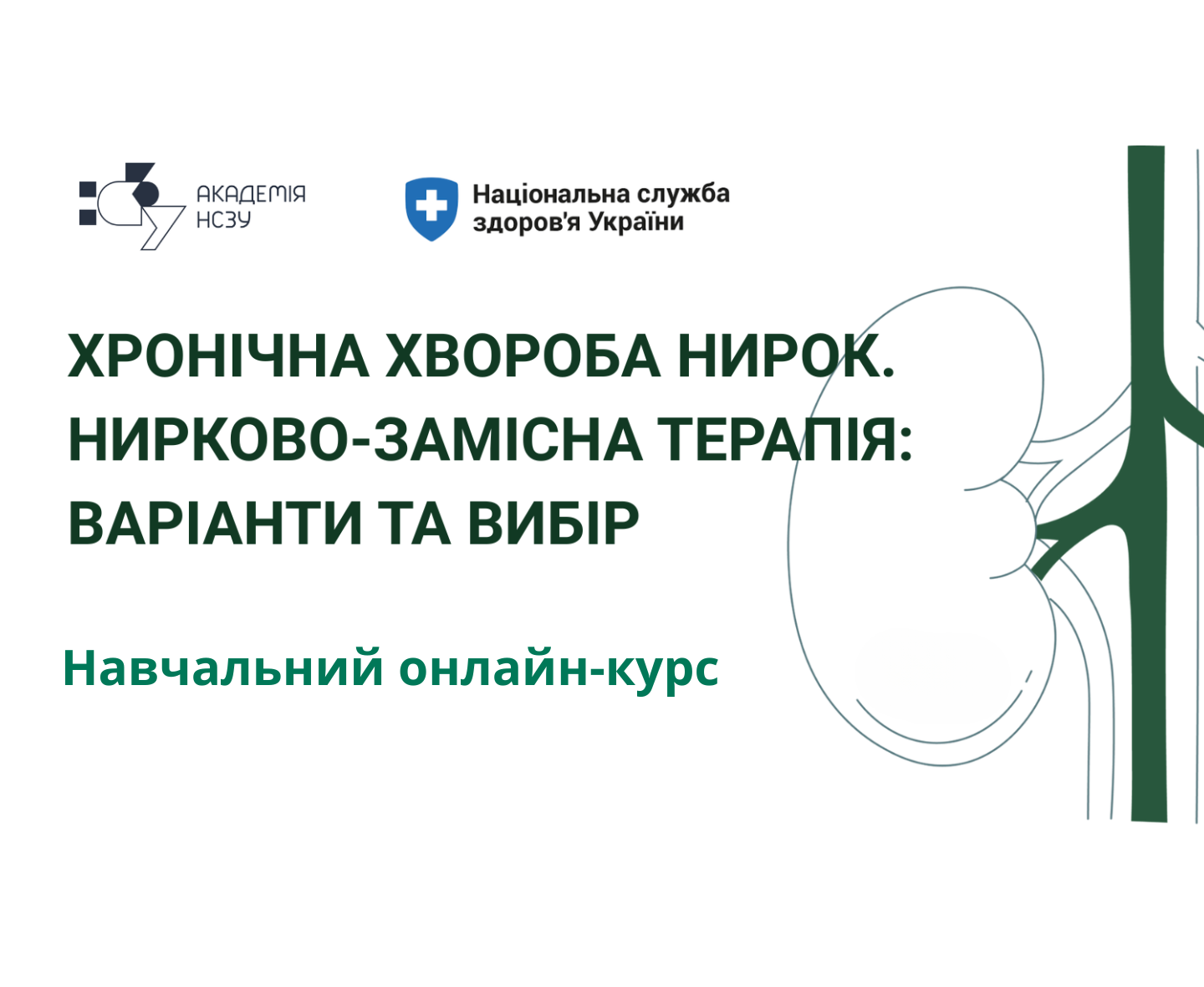Xavron
XAVRON – ischemic cascade blocker for the empirical therapy of acute ischemic stroke and transient ischemic attack.
XAVRON contributes to the reduction of the area of ischemic injury and the absence of distant neurological consequences of stroke when applied in the early period.
Active ingredient: 1 ml of the solution contains 1.5 mg of edaravone.
Edaravone is included in the Japanese guideline for the treatment of acute ischemic stroke, and it was approved by the FDA (USA) for the treatment of amyotrophic lateral sclerosis in 2017.
How supplied:
injection solution 1,5 mg/ml, ampoules 20 ml №2 and №10.
How supplied
Sales markets
Ukraine, Uzbekistan, Kyrgyzstan, Tajikistan.
Instruction
INSTRUCTIONS
for medical use of the medicinal product
XAVRON
Composition:
- active substance: edaravone;
- 1 ml of solution contains 1.5 mg of edaravone;
- excipients: sodium metabisulfite (E 223), sodium chloride, sodium hydroxide, phosphoric acid, water for injection.
Dosage form. Solution for injection.
Main physicochemical properties: clear colorless or slightly yellowish liquid.
Pharmacotherapeutic group.
Other agents acting on the nervous system. Edaravone.
ATX code N07XX14.
Pharmacological properties.
Pharmacodynamics.
Free radicals, such as hydroxyl radicals (OH), are one of the main factors in vascular disorders in the brain associated with ischemia; In ischemia or hemorrhage, at the moment of restoration of patency, due to an abnormal increase in the production of arachidonic acid, the number of free radicals produced increases. These free radicals cause peroxidation of unsaturated fatty acids that are part of the lipids of cell membranes, damaging them, which leads to impaired brain function.
In the acute stage of ischemic cerebral infarction, the drug demonstrates a protective effect, inhibiting the onset and development of ischemic cerebrovascular disorders, such as cerebral edema, neurological symptoms, and slow neuronal death.
The etiology of the onset and development of amyotrophic lateral sclerosis (ALS) has not yet been definitively determined. However, it has been suggested that oxidative stress caused by free radicals may be an etiological factor for this pathology. Edaravone, due to its inhibitory effect on lipid peroxidation by binding free radicals, has been shown to inhibit the progression of the disease by reducing oxidative damage to brain cells (vascular endothelial cells/nerve cells).
It has also recently been identified that oxidative stress is a key factor in the pathogenesis of coronavirus disease (COVID-19).
Approximately 5% of patients with coronavirus disease have severe lung damage and/or multiple organ dysfunction. According to animal studies, edaravone attenuates lipopolysaccharide-induced acute respiratory distress syndrome associated with early pulmonary fibrosis by reducing oxidative stress and transforming growth factor β1/Smad3 signaling.
In addition, critically ill patients with COVID-19 often develop typical clinical manifestations of shock, metabolic acidosis, and abnormal blood coagulation parameters, indicating microcirculatory dysfunction.
The systemic inflammatory response that occurs with bacterial and viral infections, trauma (especially polytrauma), massive surgery, ischemia and reperfusion of any organ, and malignancy is also a major factor in the development of coagulopathy associated with COVID-19, supporting the concept of thromboinflammation.
Coronavirus disease is associated with problems of both thromboinflammation and autoimmunity. Currently, severe COVID-19 is considered a systemic thromboinflammatory syndrome, manifested by the development of micro- and macrovascular thromboses of the venous and arterial bed.
It is likely that there are common pathogenetic mechanisms of coagulopathy in COVID-19 and immunoinflammatory rheumatic diseases associated with dysregulation of the synthesis of proinflammatory cytokines, activation of complement systems, hyperproduction of antiphospholipid antibodies, etc.
Clinical efficacy and safety.
A clinical study of Xavron, the purpose of which was to determine the efficacy and safety in the complex treatment of a condition that occurs as a result of a systemic inflammatory response in infectious diseases, including coronavirus disease (COVID-19), was conducted in 5 appropriately qualified centers in Ukraine. 150 patients were randomized 1:1 to receive either Xavron plus background therapy or placebo plus background therapy.
Xavron was administered twice daily by intravenous infusion over 30 minutes. The total duration of treatment was up to 14 days. The primary efficacy variable was time to oxygen withdrawal from day 0 to day 28. There were statistically significant differences between the Xavron and placebo groups in favor of the Xavron group when comparing the primary endpoint of “time to oxygen withdrawal in hours (p = 0.016, one-sided) and days (p = 0.021, one-sided)”.
The adjusted one-sided p-value, taking into account the covariate of body mass index (BMI), was 0.008 (one-sided) and 0.011 (one-sided), respectively. The results indicate a superior efficacy of therapy in the Xavron group compared to the placebo group.
No serious adverse events were reported during the study. Most of the reported adverse events were mild to moderate in both the placebo and Xavron groups. No adverse effects on vital signs were observed in either group.
Pharmacokinetics.
The pharmacokinetics of the drug were studied in five healthy male volunteers and five healthy elderly male volunteers 30 minutes after multiple intravenous doses of the drug (0.5 mg/kg) twice daily for 2 days. The concentration of unchanged drug in blood plasma in both groups decreased equally without any traces of accumulation.
|
Pharmacokinetic parameters |
Healthy male volunteers (n = 5) |
Healthy elderly male volunteers (n = 5) |
|
С max (ng/ml) |
888 ± 171 |
1041 ± 106 |
|
t ½ α (g) |
0,27 ± 0,11 |
0,17 ± 0,03 |
|
t ½ β (g) |
2,27 ± 0,80 |
1,84 ± 0,17 |
The level of binding of edaravone to serum proteins and serum albumin is 92% and 89-91%, respectively (in vitro).
In blood plasma, the main metabolites of edaravone are sulfate conjugates, and conjugates with glucuronic acid have also been detected. In urine, glucuronides were mainly detected, and to a lesser extent, sulfates.
12 hours after administration, 0.7-0.9% of the drug is excreted in the urine as unchanged drug, and 71.0-79.9% as metabolites.
Clinical characteristics.
Indications.
Relief of neurological symptoms, manifestations of impairment in daily life and functional disorders associated with acute ischemic stroke.
Slowing the progression of functional disorders in patients with amyotrophic lateral sclerosis.
As part of the complex treatment of a condition resulting from a systemic inflammatory response in coronavirus disease (COVID-19).
Contraindications.
Severe renal failure.
Hypersensitivity to the components of the drug.
Interaction with other medicinal products and other types of interactions.
With the simultaneous use of edaravone and antibiotics with a renal type of excretion (cefazolin sodium, cefotiam hydrochloride, piperacillin sodium, etc.), there is a possibility of increased renal dysfunction. In the case of such combined use, careful supervision with monitoring of renal function is required.
Xavron should be dissolved in 100 ml of physiological sodium chloride solution before administration. Mixing with other intravenous solutions containing various sugars may lead to a decrease in the concentration of edaravone.
The drug should not be mixed with parenteral nutrition solutions and/or solutions containing amino acids, and should not be administered through the same infusion systems.
Xavron should not be mixed with anticonvulsants, including diazepam, phenytoin sodium, etc., due to the possibility of turbidity. Also, do not mix with potassium canrenoate.
Features of use.
The use of the drug Xavron should be carried out under the close supervision of physicians who have experience in the use of this drug.
During therapy, worsening of acute renal failure or renal dysfunction, severe hepatic dysfunction and/or disseminated intravascular coagulation (DIC), which can be fatal, may occur.
Cases of prescribing this drug to patients with severe ALS above grade 4 and patients with a forced vital capacity of the lungs less than 70% of the theoretical normal, are few, therefore its efficacy and safety have not been proven. When prescribing Xavron to such patients, a balanced decision should be made, taking into account the risks and benefits.
Cases of recurrent cerebral embolism or cerebral hemorrhage during or after administration of the drug have been reported.
At the beginning of treatment with the drug, blood urea nitrogen (BUN), creatinine, aspartate aminotransferase (AST), alanine aminotransferase (ALT), lactate dehydrogenase (LDH), creatine kinase, red blood cells, renal function tests and platelet analysis should be determined.
During the administration of edaravone, liver, renal function tests and blood tests should be performed regularly, and if abnormal changes in test parameters or oliguria are detected, the drug should be discontinued immediately and appropriate measures should be taken. In addition, careful monitoring of the patient’s condition should continue after the end of the injections.
Patients with amyotrophic lateral sclerosis (ALS) are likely to experience a decrease in serum creatinine levels due to muscle atrophy as the disease progresses, so instead of comparing a single serum creatinine level with a control value, the change in serum creatinine levels should be monitored to see if there is a trend toward deterioration.
In addition, because ASA values vary with body water, instead of comparing a single ASA level with a control value, the change in ASA should be monitored to see if there is a trend toward deterioration.
In patients with muscle atrophy, in addition to measuring serum creatinine and AST, renal function should be assessed before and during injections using tests that are independent of changes in muscle mass, such as determination of estimated glomerular filtration rate, serum cystatin C, and urinary creatinine clearance.
If renal dysfunction occurs during injection, the drug should be discontinued immediately and appropriate measures should be taken in collaboration with physicians who have sufficient knowledge and experience in the treatment of renal dysfunction.
If complications such as infection occur during injection and additional antibiotics are required, the need for continued injection of the drug should be carefully considered, and laboratory parameters should be monitored particularly closely if continued.
In addition, even after the end of the drug administration, a detailed examination and close observation should be performed (for details, see section “Interaction with other medicinal products and other forms of interaction”).
Since fever, cough, dyspnea, and acute pulmonary dysfunction with chest X-ray abnormalities may occur during treatment with the drug, the patient should be closely monitored, and if such symptoms occur, the drug should be discontinued and appropriate measures such as the administration of adrenal corticosteroids should be taken.
Elderly patients require particularly careful monitoring, as many fatalities have been observed in this category of patients.
Xavron should be used with caution in the following categories of patients:
- with impaired renal function and/or dehydration (due to a high risk of developing acute renal failure);
- with infection (renal failure may worsen due to deterioration of the patient’s general condition);
- with impaired liver function (possible worsening of liver failure);
- with heart disease (possible worsening of the disease, as well as the development of renal failure);
- with severe impairment of consciousness (patients do not respond to external stimulation);
- elderly patients (fatal cases have been reported in this category of patients).
Use during pregnancy or breastfeeding.
The safety of the drug during pregnancy has not been established. The drug is not recommended for pregnant women.
Women should refrain from breastfeeding during the use of the drug, as the drug penetrates into breast milk.
Ability to affect the speed of reaction when driving or using other mechanisms.
The drug is intended for use in a hospital setting, therefore such data are not available.
Method of administration and doses.
Neurological symptoms associated with acute ischemic stroke, manifestations of impairment of daily activities, relief of various types of dysfunction: 30 mg of edaravone (1 ampoule) twice a day, morning and evening, by intravenous infusion over 30 minutes. Before administration, the contents of the ampoule should be dissolved in 100 ml of 0.9% sodium chloride. Therapy should be started within 24 hours after the onset of symptoms, the duration of treatment is at least 14 days.
Inhibitory effect on the progression of dysfunction in amyotrophic lateral sclerosis (ALS): administer 60 mg of edaravone (2 ampoules), by intravenous infusion over 60 minutes, 1 time per day. Before administration, the contents of the ampoule should be dissolved in a sufficient volume of 0.9% sodium chloride.
As a rule, the period of administration of the drug and the rest period in total are 28 days and are considered as one course, such courses are repeated. The first course consists of 14 days of taking the drug, after which there is a 14-day break and rest, the second course and subsequent ones consist of 10 days of administration of the drug for 14 days, after which a rest period of 14 days begins.
In patients with acute ischemic stroke, the duration of therapy may be reduced, depending on the clinical condition of the patient.
Use as part of the complex treatment of a condition that arose as a result of the systemic inflammatory response in coronavirus disease (COVID-19): 30 mg of edaravone (1 ampoule) twice a day, morning and evening, by intravenous infusion over 30 minutes. Before administration, the contents of the ampoule should be dissolved in 100 ml of 0.9% sodium chloride. The total duration of treatment is no more than 14 days.
Elderly patients.
Since elderly patients generally have reduced physiological functions, in case of side effects, the drug should be discontinued and appropriate measures should be taken. There is a lot of published data that elderly patients often have fatal outcomes, so monitoring should be especially careful.
Children.
The safety of the drug in children has not been established.
There is insufficient experience in acute ischemic stroke in children. There is no clinical experience in children with ALS and as part of the complex treatment of a condition that arose as a result of the systemic inflammatory response in coronavirus disease (COVID-19).
Overdose.
Cases of overdose have not been described.
Adverse reactions.
From the urinary system: acute renal failure, nephrotic syndrome.
From the skin: rash, redness, swelling, itching, erythema.
Hepatobiliary system: liver dysfunction, hepatic failure, fulminant hepatitis, jaundice.
Nervous system: insomnia, headache.
Cardiovascular system: increased blood pressure.
Blood: agranulocytosis, DIC syndrome (disseminated intravascular coagulation), decreased red blood cell count, leukocytosis, leukopenia, decreased hematocrit, decreased hemoglobin, thrombocytosis, thrombocytopenia.
Respiratory system: acute lung injury syndrome, accompanied by pyrexia, cough, dyspnea, chest X-ray abnormalities.
Gastrointestinal system: nausea, vomiting.
Musculoskeletal system: rhabdomyolysis.
Immune system: shock, anaphylaxis (urticaria, decreased blood pressure, difficulty breathing, etc.).
Laboratory changes: increased levels of ALT, AST, LDH, ɣ-glutamyl transpeptidase, alkaline phosphatase, bilirubin, creatinine, serum uric acid, glycosuria, hematuria, proteinuria.
Changes at the injection site: redness at the injection site, swelling at the injection site.
General disorders: hyperthermia.
Reporting of adverse reactions.
Reporting of adverse reactions after registration of a medicinal product is important. This allows monitoring of the benefit/risk ratio when using this medicinal product. Medical and pharmaceutical professionals, as well as patients or their legal representatives, should report all cases of suspected adverse reactions and lack of efficacy of the medicinal product via the Automated Pharmacovigilance Information System at the link: https://aisf.dec.gov.ua
Expiration date. 2 years.
Storage conditions.
Store at a temperature not exceeding 25 °C in the original packaging.
Keep out of the reach of children.
Incompatibility.
Do not mix with other medicinal products, except those specified in the “Method of administration and dosage” section.
Packaging.
Glass ampoules of 20 ml.
2 ampoules in a contour blister pack, 1 contour blister pack in a cardboard pack.
5 ampoules in a contour blister pack, 2 contour blister packs in a cardboard pack.
Release category. By prescription.
Manufacturer.
LLC “Yuria-Pharm”.
Location of the manufacturer and address of the place of its activity.
Ukraine, 18030, Cherkasy region, Cherkasy, Kobzarska st., 108. Tel.: (044) 281-01-01.
Articles
- Effects of Edaravone on Muscle Atrophy and Locomotor Function in Patients with Ischemic Stroke (a Randomized Controlled Pilot Study)
- Final Evaluation of the Results of the СТІКс Study (Concomitant Xavron Stroke Therapy)
- Neurological disorders in patients who had COVID-19: how to treat during a pandemic
- Methods of Correction of Neurological Disorders in Patients with Coronavirus Disease (COVID-19)
- Соchrane Database of Systematic Rewiews. Edaravone for acute ischaemic stroke.
- Vascular neurological complications in patients with COVID-19
- Astenic syndrome in a post-covid-19 patient (review and own experience)
- The importance of non-motor symptoms in the clinical picture of motor neuron disease
- Japanese experience in the treatment of patients with acute ischemic stroke. Interview with Professor Yukito Shinohara
- The use of the drug Xavron (Edaravon) in the complex treatment of patients with ischemic stroke in combination with thrombolytic therapy
- Usage of the new edaravone free radical scavenger (XAVRON) in the treatment of acute ischemic stroke
- Brain protection in acute ischemia
- First experience of using Xavron, a free radical scavenger, in patients with acute ischemic stroke
- Acute ischemic stroke: revealing the maximum possibilities of pharmacotherapy
- Acute Kidney Injury and Edaravone in Acute Ischemic Stroke: The Fukuoka Stroke Registry
- The search for new methods and drugs to struggle with cerebral stroke and its complications
- Digest about the use of edaravone for acute ischemic stroke (2015-2019)
- Japanese Guidelines for the Management of Stroke 2015 [2017]. Section 1.10. Medical therapy, aimed at the brain protection.
- Modern look at the treatment of ischemic stroke
- How is edaravone effective against acute ischemic stroke and amyotrophic lateral sclerosis?

